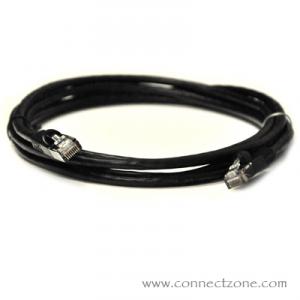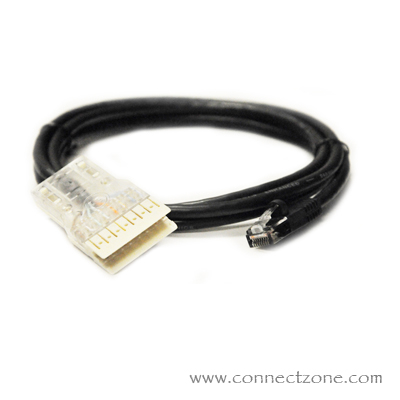We use cookies to make your experience better. Read more
In a study published July 10 on Nature Photonics’s website, Serdar Kocaman, an electrical engineering Ph.D. candidate, and Chee Wei Wong, associate professor of mechanical engineering, demonstrated how an optical nanostructure can be built that controls the way light bounces off it.
When light travels, it bends—in technical terms, it disperses and incurs “phase,” an oscillating curve that leaves a trail of information behind it. Those oscillations show an object’s properties, such as shape and size, which can identify it. However, light hits Kocaman’s and Wong’s specially engineered material without leaving a trace.
Every natural known material has a positive refractive index: when light hits it, the light bends or refracts. The researchers engineered a structure in which they etched tiny holes, creating a material known as a “photonic crystal” which behaves as though it has zero index – light can travel with an ultrafast velocity in this environment. The material, a coating no thicker than one hundredth of the diameter of a strand of hair, has properties that don’t occur in nature.
“We’re very excited about this. We’ve engineered and observed a metamaterial with zero refractive index,” said Kocaman. “Even in a vacuum, light propagates with a phase advancement. With the zero phase advancement, what we’ve seen is that the light travels through the material as if the entire space is missing.”
“We can now control the flow of light, the fastest thing known to us,” Wong said. “This can enable self-focusing light beams, highly directive antennas, and even potentially an approach to hide objects, at least in the small scale or a narrow band of frequencies.”
The zero-index material was based on a negative refractive index material and a superlattice material demonstrated consecutively in 2008 and 2009 by the scientists. In the new paper Kocaman and Wong, together with colleagues, demonstrate that the optical phase advancement can be controlled and even eliminated under certain conditions.
The study was led by Wong and Kocaman, in collaboration with scientists at the University College of London, Brookhaven National Laboratory, and the Institute of Microelectronics of Singapore. It is the first time phase and zero-index observations have been made on both a photonic chip scale and at infrared wavelengths. These photonic chip circuits can be helpful in fiberoptic networks.
Follow me on Twitter and Facebook.
0 Comment(s)






